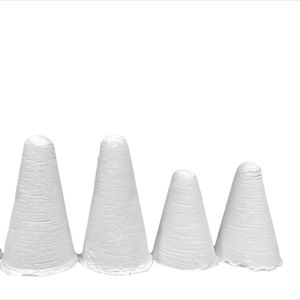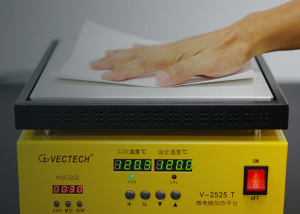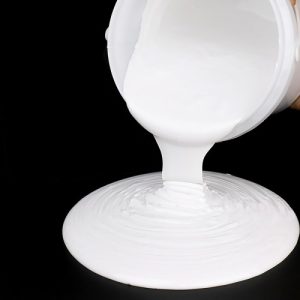Professional industry ceramic supplier, silicon nitride, silicon carbide, aluminum nitride and any other kinds of ceramics.
1. Introduction
In the past 48 hours, global demand for advanced ceramics has surged due to renewed investments in semiconductor manufacturing and clean energy technologies. Companies like CoorsTek and Saint-Gobain are expanding production of silicon carbide components—including crucibles, tubes, and tiles—to meet this spike. At the heart of this trend lies the silicon carbide crucible: a high-performance vessel prized for its extreme heat resistance and chemical inertness.
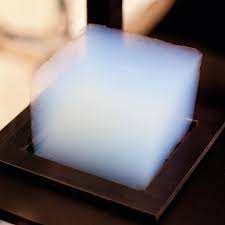
Silicon carbide crucibles are far more than just lab or foundry tools. Their unique blend of thermal conductivity, mechanical strength, and oxidation resistance makes them indispensable across metallurgy, glassmaking, and even gourmet kitchens. In this article, we’ll explore what makes these crucibles so valuable—and why you might even find silicon carbide in your dinner plates.
2. What Is a Silicon Carbide Crucible?
A silicon carbide crucible is a container made from silicon carbide (SiC), an advanced ceramic material known for its exceptional hardness and thermal stability. These crucibles can withstand temperatures exceeding 1,600°C (2,912°F) without deforming or reacting with molten metals like aluminum, copper, or precious alloys.
Unlike traditional clay or graphite crucibles, silicon carbide versions offer superior thermal shock resistance—meaning they won’t crack when rapidly heated or cooled. This makes them ideal for foundries, laboratories, and metal casting operations where reliability is non-negotiable.
3. Key Properties That Set Silicon Carbide Apart
Silicon carbide stands out among advanced ceramics thanks to several defining traits:
- Extremely high thermal conductivity (better than most metals)
- Outstanding abrasion and corrosion resistance
- Low thermal expansion, reducing cracking risk
- High mechanical strength even at elevated temperatures
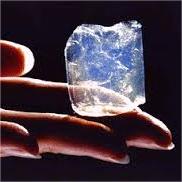
These properties also explain why silicon carbide appears in diverse forms—from rbsic silicon carbide tile blocks used in kiln linings to silicon carbide ceramic columns in industrial filters and silicon carbide burner nozzles in high-efficiency furnaces.
4. Silicon Carbide vs. Other Advanced Ceramics
When choosing materials for high-temperature applications, engineers often compare silicon carbide with alternatives like boron carbide and silicon nitride.
Boron carbide vs silicon carbide: While boron carbide (B4C) is harder and used in armor and neutron absorbers, it’s more brittle and expensive. Silicon carbide offers a better balance of cost, machinability, and thermal performance for crucibles and structural parts.
Silicon nitride (Si3N4), on the other hand, excels in toughness and fatigue resistance. It’s commonly used in silicon nitride crucible factories for specialized lab ware and in custom silicon nitride heat shields for aerospace. However, silicon nitride generally has lower thermal conductivity than silicon carbide, making SiC preferable for applications requiring rapid heat transfer.
5. Beyond the Lab: Silicon Carbide in Everyday Ceramic Ware
Surprisingly, silicon carbide isn’t confined to industrial settings. Its durability and aesthetic versatility have inspired a niche but growing market in premium ceramic tableware.

Brands now offer items like silicon carbide ceramic baking dishes, silicon carbide ceramic dinner plates, and even silicon carbide ceramic butter dishes with lids. These pieces—often labeled as silicon carbide baking ceramic dish or silicon carbide ceramic casserole dish with lid—are prized for oven-to-table performance and chip resistance.
You’ll also find silicon carbide ceramic serving bowls, silicon carbide ceramic pasta bowls, and seasonal items like silicon carbide christmas ceramic platters. Whether black, white, or handcrafted, silicon carbide ceramic plates and bowls combine function with modern design.
6. Other Common Silicon Carbide Components
The versatility of silicon carbide extends to numerous engineered parts:
- Silicon carbide discs and silicon carbide ceramic grinding discs for precision machining
- Silicon carbide ceramic pipes and silicon carbide tubes for corrosive fluid handling
- Silicon carbide thermocouple protection tubes for accurate high-temp measurements
- Silicon carbide ceramic disk taps and silicon carbide ceramic plumbing pipe for wear-resistant fixtures
Even in pottery, silicon carbide diamond grinding discs help artisans shape stoneware cleanly. Meanwhile, rbsic ceramic pillars and silicon carbide mullite tubes support high-load furnace structures.
7. Choosing the Right Material for Your Needs
Selecting between silicon carbide, alumina (Al2O3), zirconia, or silicon nitride depends on your specific requirements. For melting non-ferrous metals? A silicon carbide crucible is likely best. Need impact resistance in a pump seal? Consider a silicon nitride ring. Looking for electrical insulation at high temps? Alumina ceramic tubes may suffice.
Always verify purity levels—especially if working with reactive melts or in semiconductor processes where contamination must be avoided. High-purity silicon nitride powder market growth reflects this demand for cleaner, more reliable materials.
8. Conclusion
From foundry floors to fine dining tables, the silicon carbide crucible exemplifies how advanced ceramics bridge industrial utility and everyday elegance. As global industries lean into efficiency and sustainability, materials like silicon carbide—and its cousins boron carbide and silicon nitride—will only grow in importance. Whether you’re casting bronze or serving pie, there’s a good chance silicon carbide is quietly doing the heavy lifting.
Our Website founded on October 17, 2012, is a high-tech enterprise committed to the research and development, production, processing, sales and technical services of ceramic relative materials such as 7. Our products includes but not limited to Boron Carbide Ceramic Products, Boron Nitride Ceramic Products, Silicon Carbide Ceramic Products, Silicon Nitride Ceramic Products, Zirconium Dioxide Ceramic Products, etc. If you are interested, please feel free to contact us.

